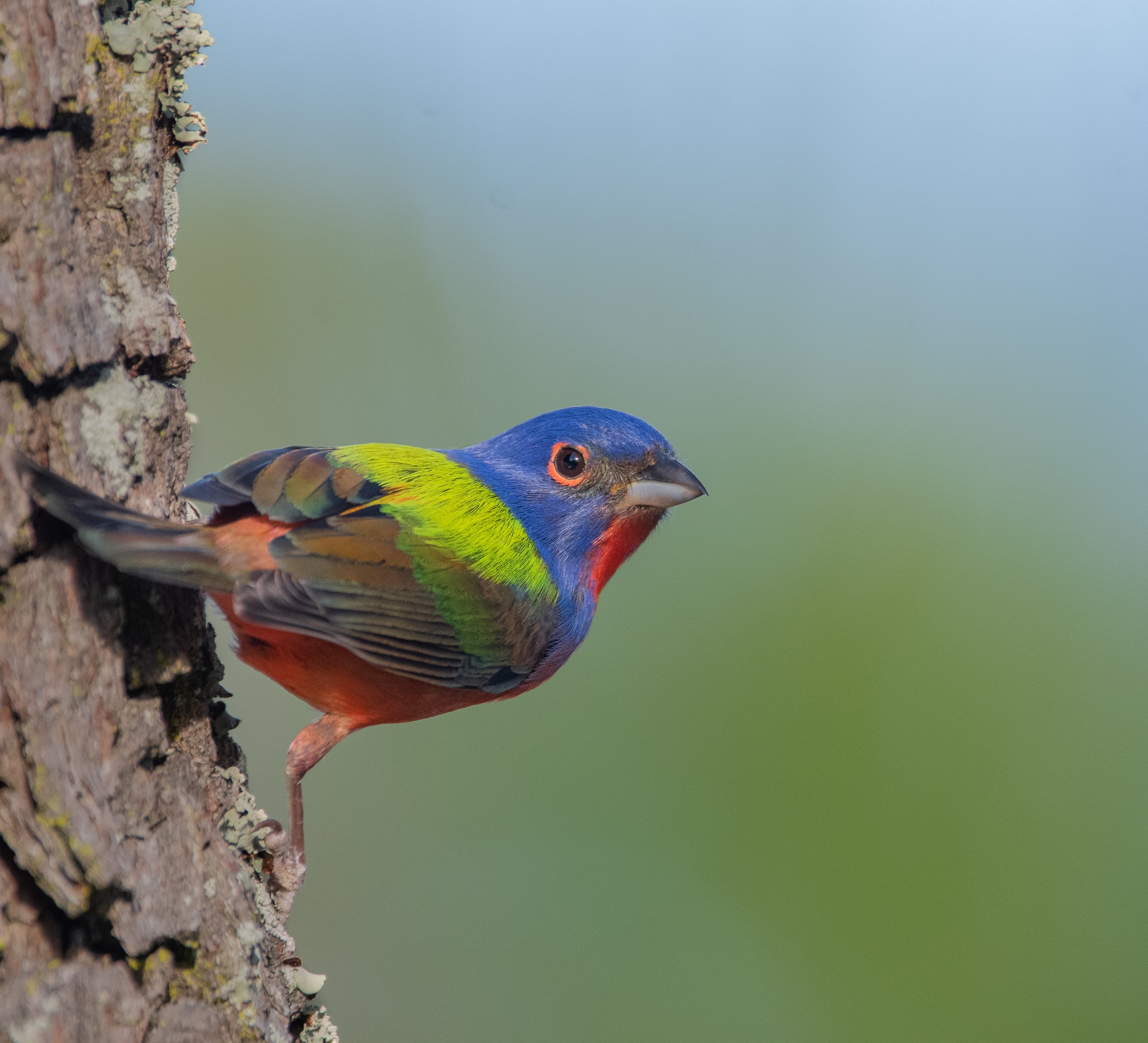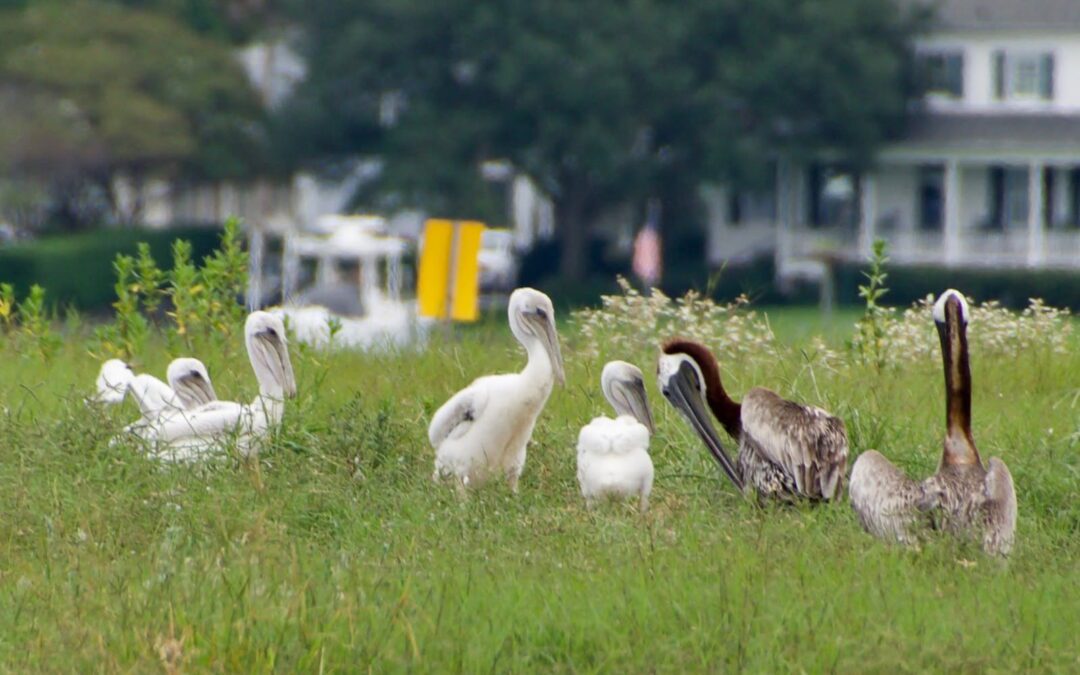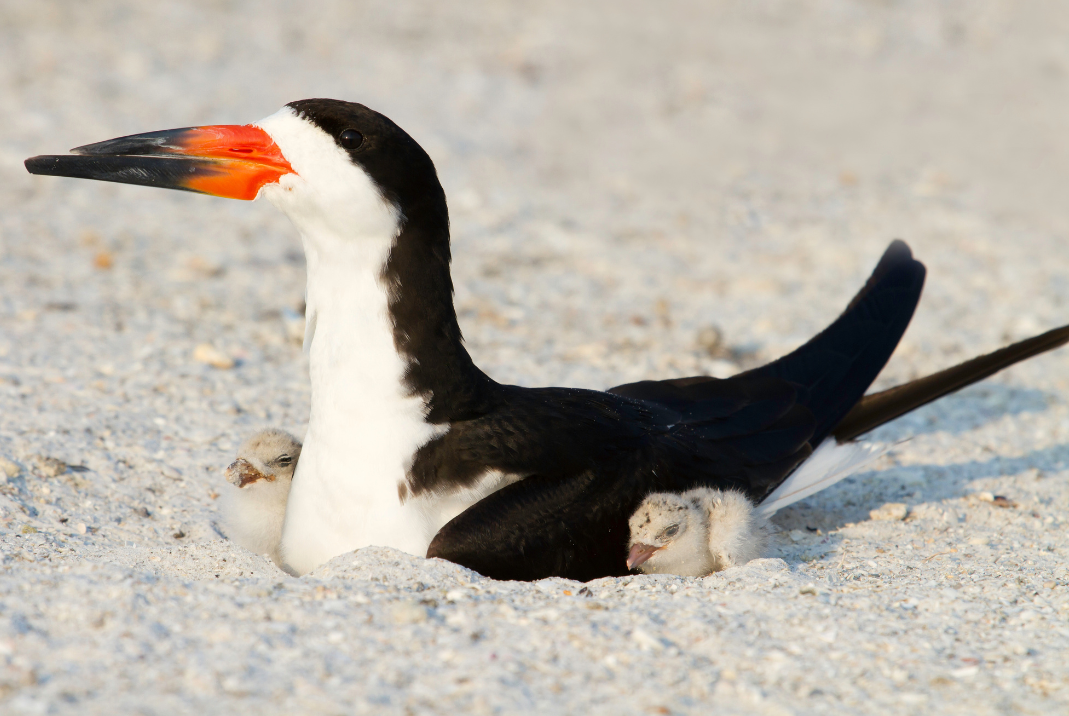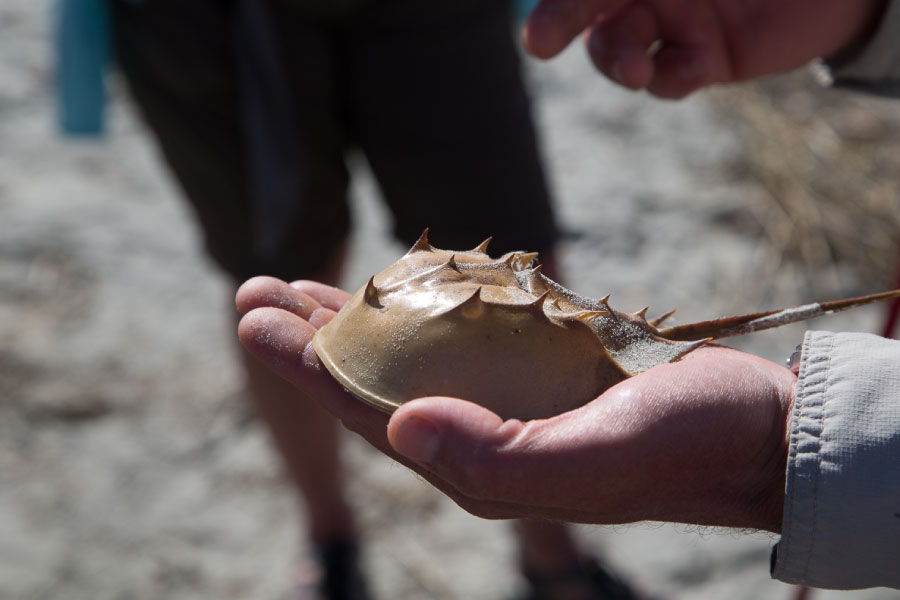GUIDEPOSTS
Painted Buntings Return to the Lowcountry:
How to Attract These Vibrant Visitors to Your Backyard
Each spring, just as the sweetgrass begins to stir and the salt marshes wake up from their winter slumber, the painted buntings return to South Carolina’s Lowcountry. These dazzling songbirds—males painted in bold shades of blue, green, and red—arrive in March and April, bringing a burst of color and joy to our coastal habitats.

At Coastal Expeditions, we get just as excited as our fellow birders and nature lovers when the first flashes of color appear along the edges of maritime forests and backyard feeders. Whether you’re an experienced birder or just beginning to notice the world beyond your window, spring is the perfect time to invite these elusive beauties into your own yard.
Why Painted Buntings Come to the Lowcountry
Painted buntings migrate from their wintering grounds in southern Florida, Central America, and the Caribbean, arriving in the southeastern U.S. just in time for breeding season. The South Carolina coast—particularly areas around Awendaw, Bulls Island, and Hunting Island—is prime real estate for these birds thanks to its thick brush, open woodlands, and access to freshwater and insects.
Once they arrive, males establish territory and sing their melodic, warbling tunes to attract a mate. Their songs are a hallmark of spring here, even if you don’t spot them right away.
How to Attract Painted Buntings to Your Yard
You don’t need to live on a barrier island or near a nature preserve to see painted buntings. If you live anywhere near coastal South Carolina, you can create a bunting-friendly backyard with a few simple steps:
1. Offer White Millet at Ground-Level Feeders
Painted buntings love white millet, which you can scatter on a platform feeder or directly on the ground. Avoid mixing it with sunflower seeds—larger birds like cardinals and jays tend to dominate those feeders.
2. Create a Quiet, Brushy Habitat
They prefer dense, shrubby areas where they can perch, nest, and hide. Native plants like wax myrtle, yaupon holly, and beautyberry provide both cover and food sources. The less manicured your yard, the better!
3. Provide Fresh Water
A shallow birdbath or small water feature can help draw them in. Keep the water clean and place it near shrubs for quick escape routes.
4. Be Patient and Stay Low-Key
Painted buntings are shy. If you’re loud or too close to your feeder, they may stay hidden. Consider watching from inside with a pair of binoculars or a camera.
Where Else to Spot Them in the Wild
Want to see painted buntings in their natural habitat? Our guides regularly spot them on tours in the Cape Romain National Wildlife Refuge, at our Kiawah River outpost, and along the trails at Hunting Island State Park. Join a boat tour or walk one of the Lowcountry’s wooded nature trails this spring—you might just be rewarded with a glimpse of one of the most colorful birds in North America.
Final Thought
Every painted bunting sighting feels like a small miracle. Their return is a sign that spring has truly arrived in the South Carolina Lowcountry. Whether you’re adding millet to your feeder or exploring wild trails with Coastal Expeditions, keep your eyes open—you never know when a flash of red, blue, and green might brighten your day.
🪶 Explore more birding adventures with us at coastalexpeditions.com. Our spring tours are the perfect way to connect with the natural beauty of the Lowcountry—and maybe even spot a painted bunting or two.












